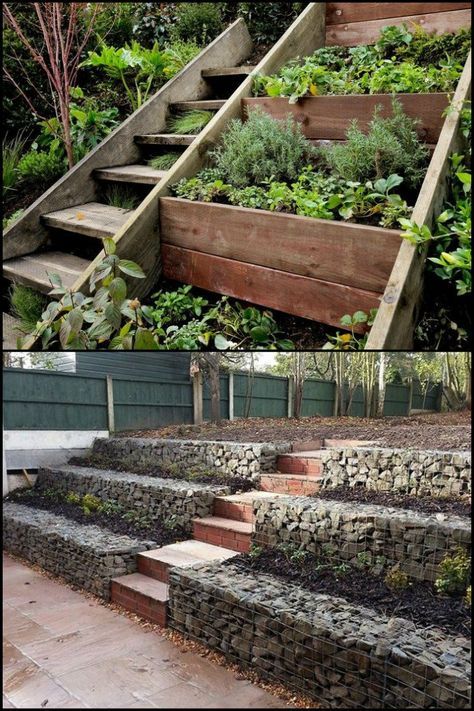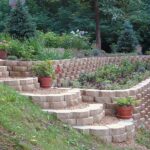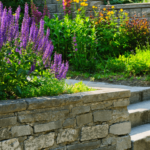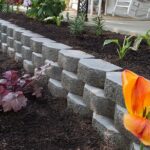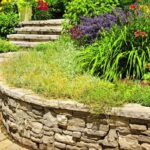A garden retaining wall is a structure built to support a garden bed or plant area, preventing soil erosion and creating a visually appealing landscape design. These walls are typically made of stone, brick, concrete, or wood and can vary in height and design. Retaining walls are essential in hilly or sloped areas where soil erosion is common and can cause damage to your garden.
One of the main benefits of a garden retaining wall is its ability to prevent soil erosion. When heavy rainfall occurs, the soil can easily wash away down a slope, causing damage to your plants and garden bed. By installing a retaining wall, you can secure the soil in place and protect your garden from erosion.
Retaining walls also provide a level surface for planting, creating a visually appealing garden design. With the use of different materials and designs, you can customize your retaining wall to match the style of your garden and enhance its overall aesthetics. Additionally, retaining walls can help define and separate different areas of your garden, such as flower beds, vegetable gardens, and seating areas.
In addition to their functional and aesthetic benefits, garden retaining walls can also increase the value of your property. A well-built and maintained retaining wall adds curb appeal to your home and can attract potential buyers if you decide to sell in the future. It also helps protect your property from potential soil erosion and water damage, reducing the risk of costly repairs.
When planning to install a garden retaining wall, it is essential to consider the location, size, and materials used for construction. Consulting with a professional landscaper or contractor can help you determine the best options for your garden and ensure the retaining wall is structurally sound and long-lasting. Proper installation and maintenance of your retaining wall are crucial to its effectiveness in preventing soil erosion and enhancing the beauty of your garden.
